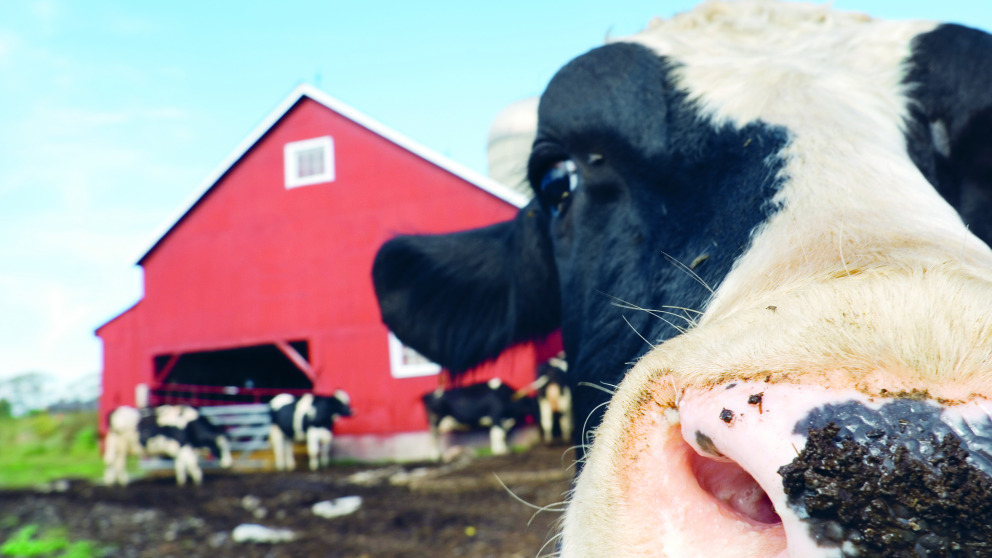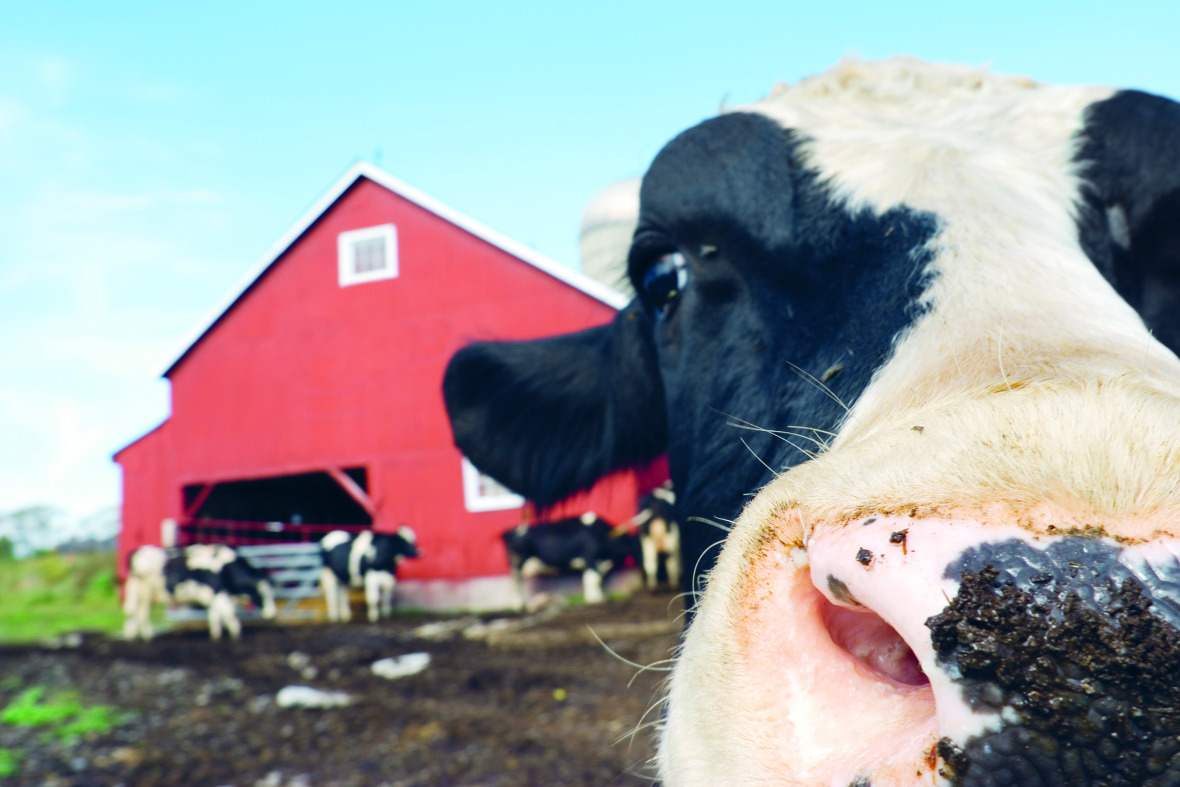Headline:
Farm Fresh? IASS Fact Sheet Tackles Agriculture’s Role in Air Pollution

Agriculture is probably not the first thing that springs to mind as a major source of air pollutants. But emissions from agriculture are significant contributors to particulate air pollution. More specifically, agriculture is the largest source of ammonia emissions. An important contributor to concentrations of atmospheric particulate matter, ammonia is released during the decomposition of manure and other organic matter. A recent report on air quality within EU Member States attributed around 400 000 premature deaths to long-term exposure to particulate air pollution. In Germany, emissions of ammonia exceeded the official emission ceiling every year between 2005 and 2013. A range of measures has been developed to reduce ammonia emissions from agriculture, but they are not applied consistently across the sector.

The recently published IASS Fact Sheet “Agriculture, Ammonia, and Air Pollution“ provides a brief overview of the impacts of agriculture on overall air quality. Agriculture is the source of more than 90 % of ammonia emissions in Europe. The Fact Sheet outlines how farming practices result in ammonia emissions, how these emissions contribute to fine particulate matter, and how particulate matter harms human health. The authors also explain how farm operators could bring their emissions into line with legal limits through the use of low-protein feedstock and improved manure storage and application techniques.
Reducing agricultural emissions of nitrogen oxide and sulfur dioxide as well as ammonia, the authors argue, is crucial to combatting particulate air pollution. These three species are key precursors to secondary organic aerosols, which are a significant factor in particulate matter air pollution.
The six-page IASS Fact Sheet was developed in cooperation with the Deutsche Umwelthilfe (DUH), Freie Universität Berlin (FU Berlin) and the Netherlands Organisation for Applied Scientific Research (TNO).
Link:
- von Schneidemesser, E., Kutzner, R., Münster, A., Staudt, E., Saar, D., Schaap, M., Banzhaf, S. (2016): Agriculture, Ammonia, and Air Pollution. - IASS Fact Sheet, 2016, 1.

